Adhesives are used to join objects together or hold other materials in place. They’re essential in manufacturing, industry, construction, and everyday life, making them understand and use properly.
There are many different types of adhesives, but six of the most common types are rubber-based, moisture-curing, solvent-based, hot-melt, water-activated, and pressure-sensitive adhesives. Let’s look at each one individually to learn more about how they work and why they’re so popular.
What are the 6 Most Common Types of Adhesives?
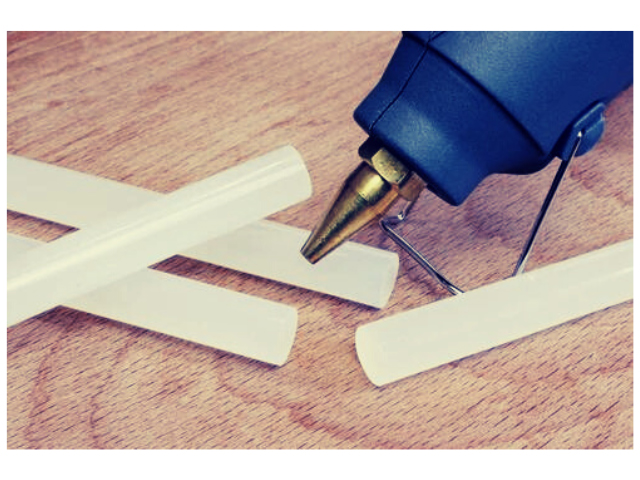
Hot Melt
This hot-melt adhesive is best used in a cold environment and features a fast cure time. It has good bonding strength, meaning it can hold together large components for a long period.
However, a hot melt’s viscosity changes depending on temperature—the higher it gets, the slower it cures.
This change can be problematic if you’re working with equipment that uses pressure to bond materials because there’s no way to predict when your bond will solidify.
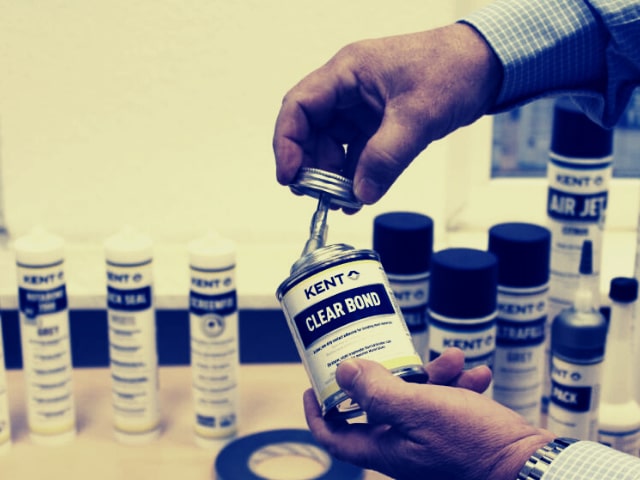
Contact Adhesive
The simplest adhesive, contact adhesive, is sticky and requires that two surfaces touch. A foam pad or other glue can fill in as a temporary fix or a way to temporarily bond objects that won’t be exposed to high temperatures (think scrapbooking).
Contact adhesives can be found at local craft stores. When using contact adhesive, adhere items together quickly and avoid leaving them attached for more than 24 hours without removing them entirely and reapplying fresh adhesive.
Use contact adhesive with parchment paper between two surfaces for a strong bond; remove the paper once the adhesive sets. Contact glue also works well on Styrofoam, wood and some fabrics such as wool.
Read More: What Adhesive Sticks to Ceramic Tile?
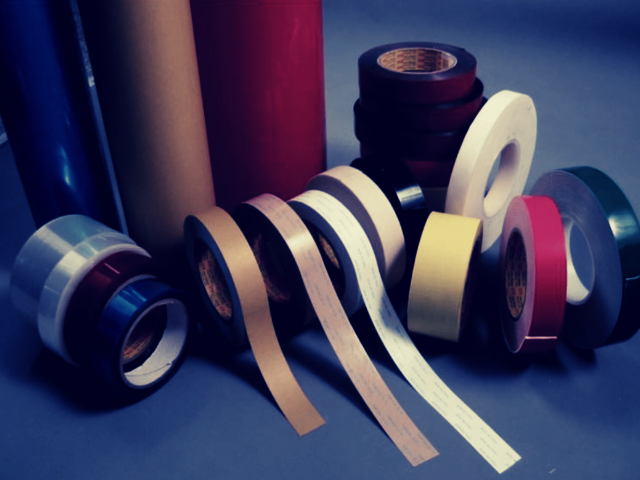
Pressure Sensitive Adhesive
In a pinch and need to affix something to something else quickly? Pressure-sensitive adhesive (PSA) may be your go-to. It’s used for everything from carpeting to shelf liners. Some pressure-sensitive adhesive (PSA) is so strong it can hold up objects that weigh several thousand pounds.
PSAs can be either permanent or removable. Reusable sticky notes use PSA technology to repeatedly stick themselves back onto their pads, while other applications (like most carpeting) may need only one-time application.
Though they are considered permanent, not all PSA tapes damage surfaces—removable ones can often be peeled up without leaving any residue behind when removed properly.
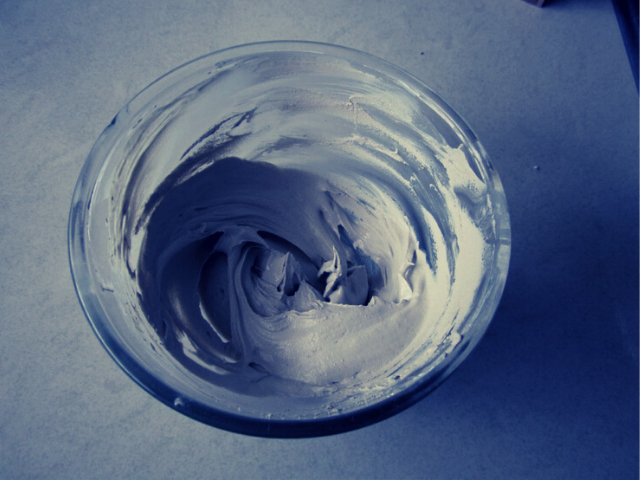
Casein Adhesive
This is a natural adhesive that has been used for thousands of years. It comes from milk products and is very easy to use. Casein works best when a rough surface area it can bind to, such as wood or cloth.
However, it is not a suitable adhesive for leather or plastic surfaces, and other materials need to be added to make casein glue more effective in those situations.
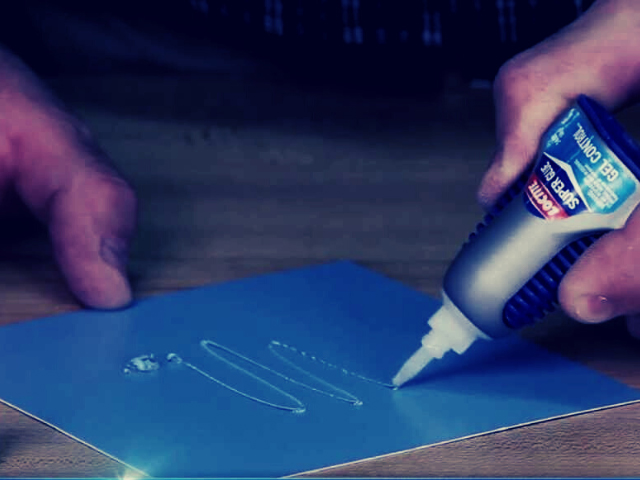
Cyanoacrylate (Super Glue)
When it comes to making things stick together, nothing beats super glue. Cyanoacrylate glues stick to virtually anything, from silicone and ceramic to glass and metal and wood, stone and leather.
It’s also strong enough that you can use it to repair delicate or intricate items. In some cases (like when repairing crystal or ceramics), you might get away with using a much smaller amount than with conventional glues.
But even then, extra care is required; getting your repair job wrong could mean breaking something irreplaceable.
Super glue also has a very low viscosity (it flows easily), which means it can run and drip if you’re not careful when applying it.
And although super glue bonds quickly, it doesn’t make a bond instantly, you need to hold things together for a few seconds while they cure.
You’ll want to use a pair of disposable gloves while working with super glue as well – otherwise, you’ll find yourself with some very sticky fingers!
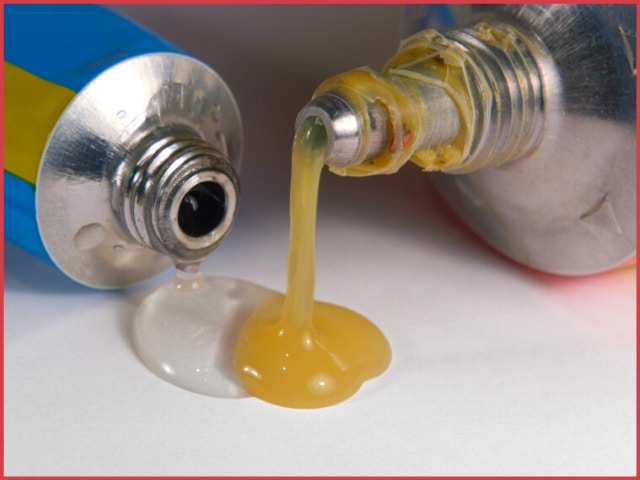
Epoxy Adhesives
Epoxy is a multi-functional adhesive, meaning it can be used in both industrial and home settings. One example of how epoxy is used commercially is an adhesive for brick and concrete masonry. Epoxy adhesives bond two surfaces together while also filling any small voids that exist between those surfaces.
They’re great for fixing cracked pavement sections, repairing concrete walls and floors, or even bonding asphalt to cement or bitumen. When your windshield cracked or chipped and you noticed that bits of rock got stuck between your windshield layers, epoxy would have bonded everything together properly, so there were no cracks!
You’ll find these adhesive solutions at home improvement stores like Amazon, Home Depot or Lowes.
What is the commonly used adhesive?
When you’re searching for your perfect adhesive, it’s important to understand what category your chosen glue falls into—and how each might work with your given project or task.
For example, if you need an adhesive that dries faster than others on a particular surface (like contact cement), you’ll have to choose another option (acrylic or rubber-based). Contact cement will not dry faster than epoxy on wood or metal surfaces.
What are natural adhesives?
Last Opinion
If you’re looking for an adhesive for your next project, it’s important to know what each kind does. There is no best product here, as there is no one-size-fits-all solution; when picking an adhesive, consider your project and your materials and how you plan to use them.
You may want a water-based or environmentally friendly glue—or simply a household staple that works with everything. All six of these can serve those purposes in different situations, and that’s why they all have so many uses. Best of luck!

